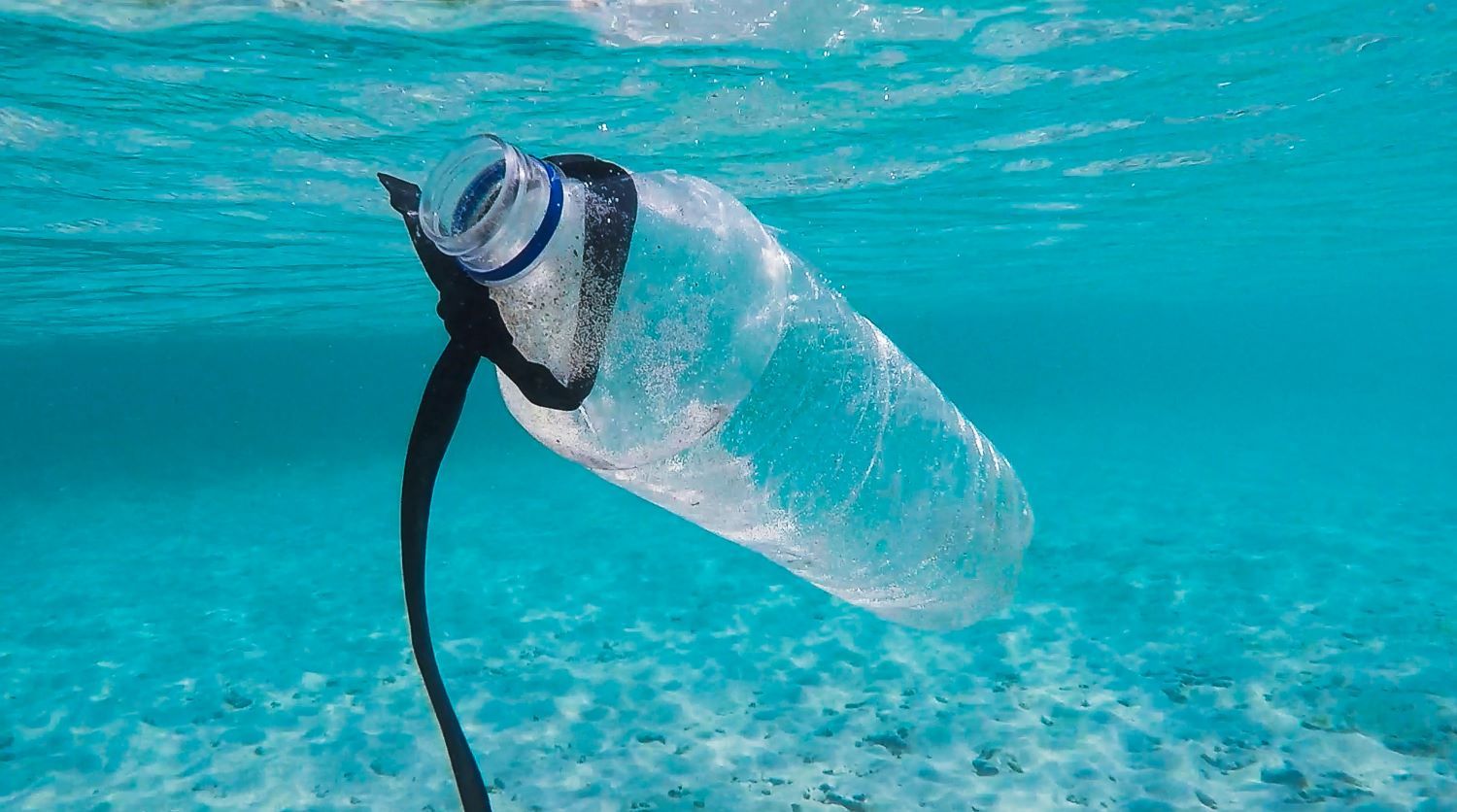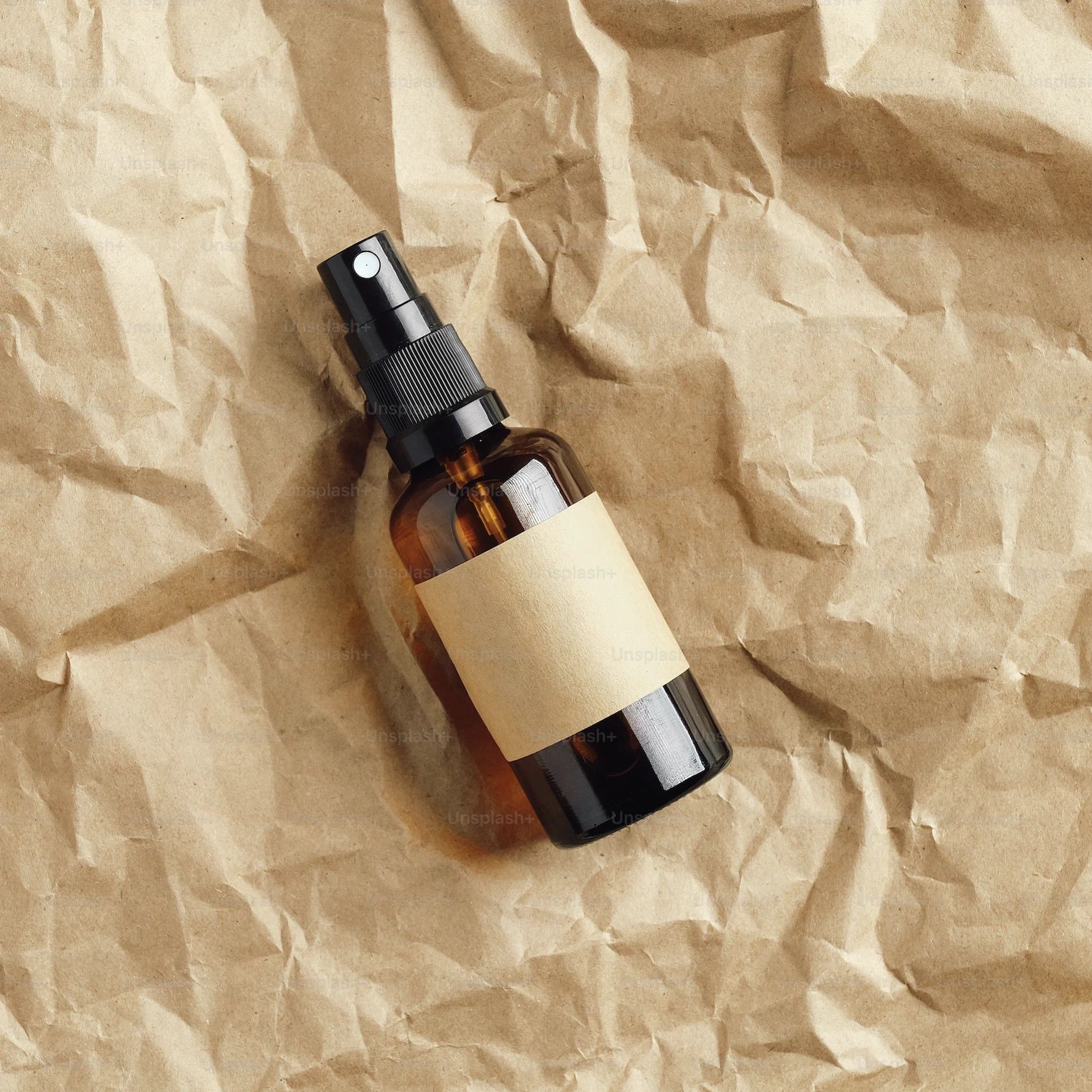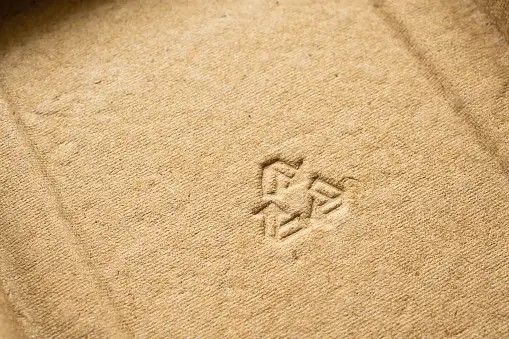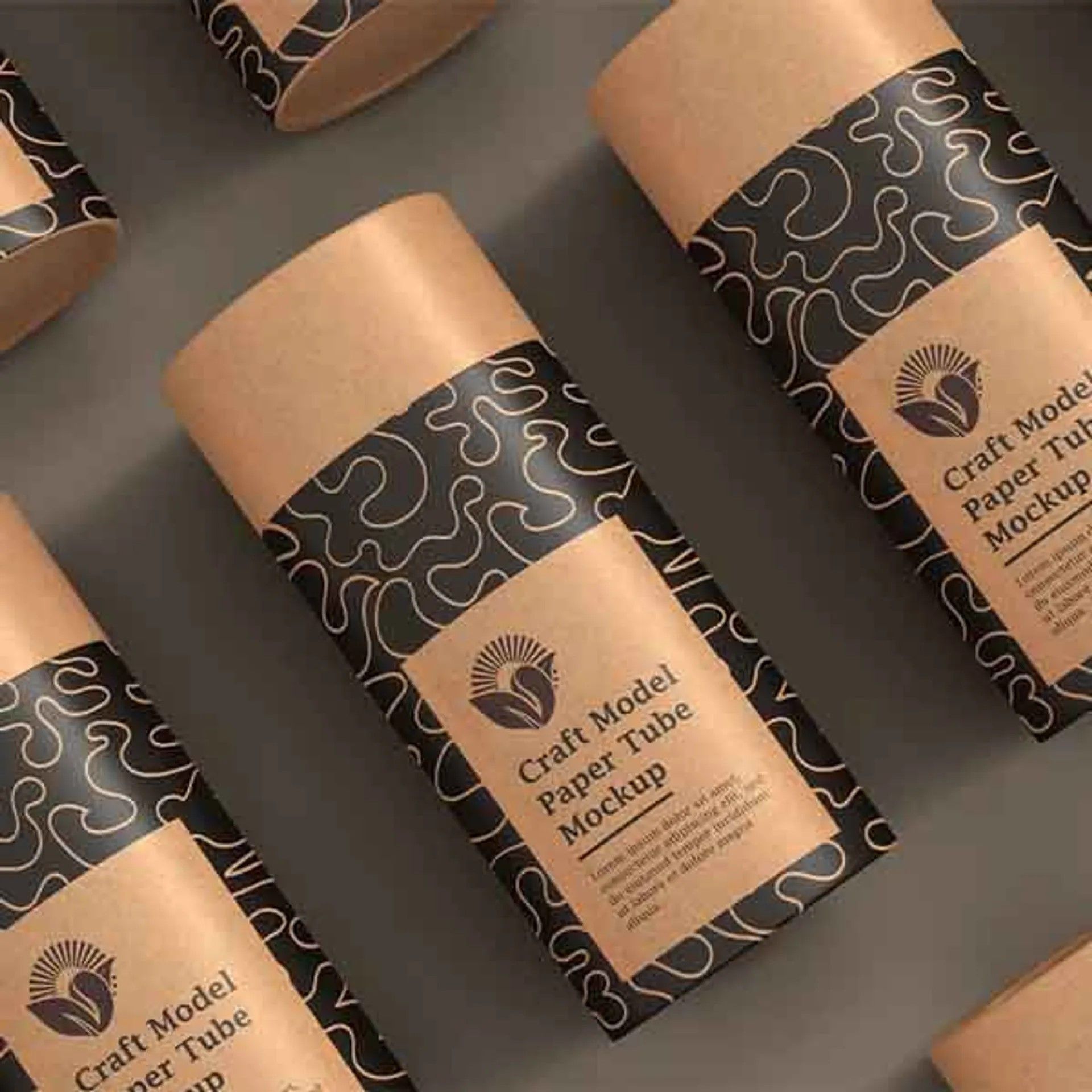
Get A Quote
Discovering Eco-Friendly Alternatives to Plastic Packaging
In a world producing over 300 million tonnes of plastic waste annually, most of which is single-use and non-compostable, finding alternatives to plastic packaging is more crucial than ever. This vast amount of waste ends up in landfills and oceans, posing significant environmental challenges. Reducing plastic use is essential at both individual and corporate levels, not only for environmental protection but also to meet the demands of an increasingly eco-conscious consumer base.

In this article, we explore the best alternatives to plastic packaging. You'll discover the advantages of paper packaging, strategies for replacing plastic with paper, and the undeniable durability of plastic that makes its disposal problematic. We'll also delve into bio-plastic alternatives and innovative ways to repurpose plastic for multiple uses, paving the way for a more sustainable future.
Make a sustainable shift from plastic to paper packaging
Plastic's longevity, with a lifespan of 450 to 1000 years, starkly contrasts with paper's average lifespan of just four weeks. This fact alone makes a compelling case for paper packaging as a more sustainable alternative to plastic. Cardboard, particularly in the form of kraft mailers, is the most prevalent type of paper packaging.

Among cardboard options, the most widely used are:
1.Corrugated Boxes: Ideal for a variety of products due to their durability and cushioning properties.
2.Rigid Boxes: Known for their sturdiness, these boxes are often used for luxury items like jewelry.
3.Folding Cartons: Versatile and lightweight, perfect for packaging items like clothing, books, and small electronics.
Paper-based packaging is suitable for a broad range of products across different industries. Beyond just being an alternative to plastic, paper packaging offers other benefits. It's typically easier to recycle, biodegradable, and often made from recycled materials, reducing the overall environmental impact. Additionally, its lightweight nature can reduce shipping costs and its versatility allows for creative branding opportunities, making it an attractive choice for businesses aiming to balance sustainability with practicality.
The Enduring Problem of Plastic Decomposition
The longevity of plastic and its resistance to decomposition cannot be overstated. A striking example of this is the case from 1992, where a shipping container carrying 28,000 "rubber" duckies was lost at sea between Hong Kong and the United States. These duckies, endearingly called 'friendly floaties', have since been found on shores worldwide, having traveled incredible distances. They have even endured the harsh conditions of the Arctic, only to end up intact on distant beaches.

This incident underscores the massive problem of plastic waste in our oceans, which poses serious threats to marine life and disrupts the ocean's food chain. The resilience of these plastic duckies highlights the difficulty in breaking down plastic materials.
In stark contrast, the cardboard boxes that originally held the duckies began to decompose upon contact with saltwater. This comparison vividly illustrates why sustainable alternatives to plastic, like cardboard, are essential. The environmental impact of plastic is long-lasting and widespread, making the shift to materials like cardboard an imperative for responsible packaging practices.
Paper is a more eco-friendly choice
Paper, derived from renewable sources, often has a smaller environmental footprint and is more likely to be biodegradable. This makes it a preferable option for those looking to make more sustainable choices. Absolutely, the sustainability of paper over plastic is a significant aspect to consider. Paper, especially cardboard, is often lauded for its recyclability. This cycle of use, recycle, and reuse is integral to sustainable practices.

When you recycle cardboard, it doesn't just disappear; it often finds a new life. Recycled cardboard can be repurposed into various products, predominantly new cardboard packaging or boxes. This process is a fantastic example of a circular economy, where materials are kept in use for as long as possible, extracting the maximum value from them while in use, and then recovering and regenerating products and materials at the end of each service life.
This cycle is not only more environmentally friendly than using non-renewable materials like plastic, but it also contributes to a reduction in waste and a decrease in the demand for new raw materials. By choosing cardboard and responsibly recycling it, consumers play a crucial role in this sustainable cycle.
Millennials are driving a major shift towards sustainability, influencing changes in consumer habits across the board.
Sustainable packaging trends
This generation is at the forefront of embracing eco-friendly practices, from choosing responsibly sourced foods to opting for sustainable fashion. They're setting new standards for a greener lifestyle. A recent study revealed a significant trend: 61% of millennials are willing to spend more on sustainable products, compared to 55% of Gen X and 46% of baby boomers. This shift underscores the importance for brands like yours to adopt sustainable packaging solutions.

Paper-based packaging emerges as a prime choice for meeting the demands of these environmentally conscious consumers. Its eco-friendly nature aligns perfectly with the values of this growing customer base.
Conclusion
Plastic packaging poses a serious threat to our environment. Its excessive use and durability contribute to significant pollution, harming marine life and ecosystems.
It's crucial for everyone, from individuals to businesses, to reduce plastic waste. Opting for paper alternatives instead of plastic is a significant step towards a healthier planet.
However, the journey doesn't end there. Keeping abreast of emerging technologies and reevaluating our usage of plastic are also key components in making a meaningful impact.
Want to customize your tube or box packaging solution? Leave your needs below and our experts will contact you soon!